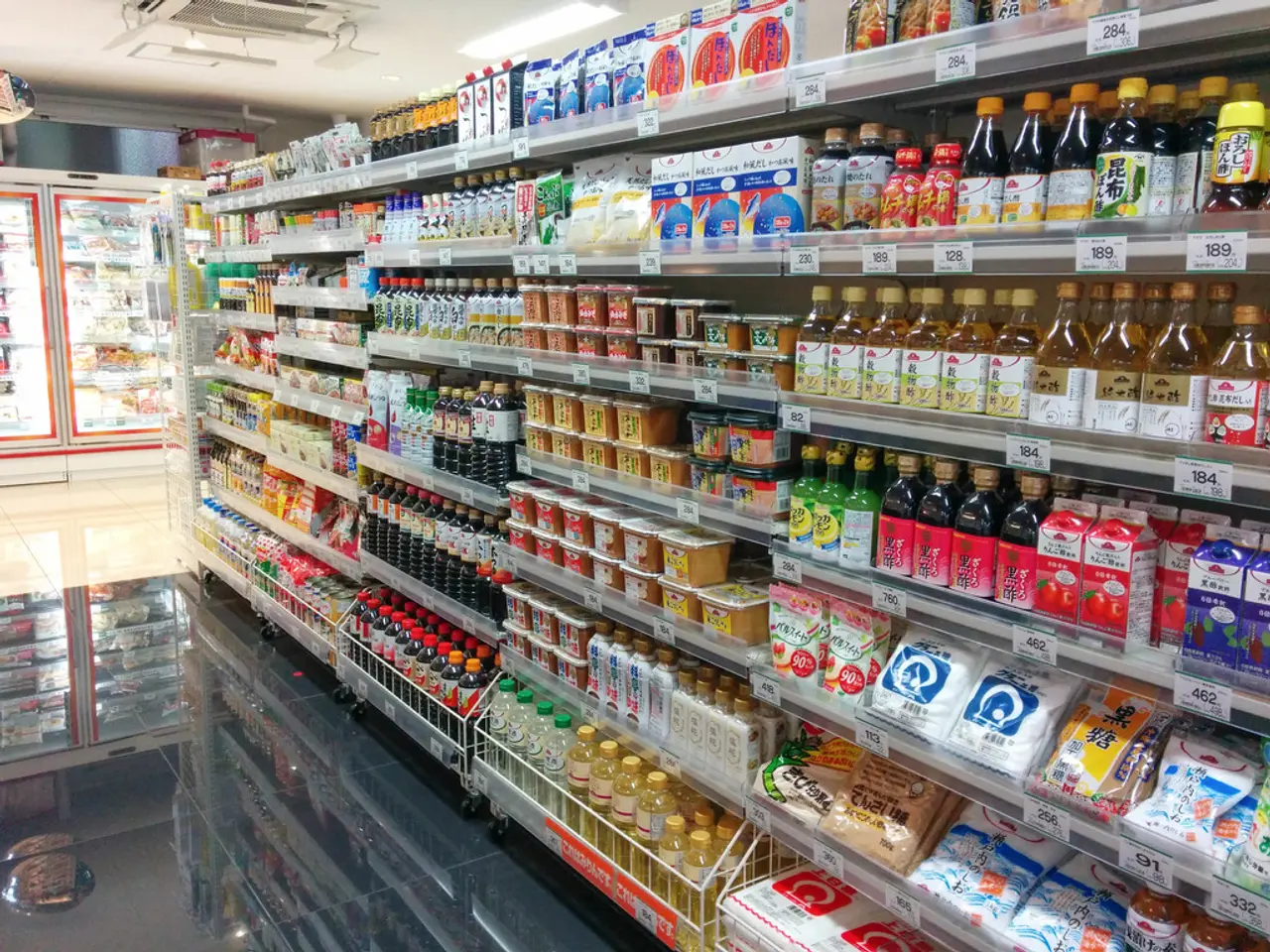Trump's trade policy is proving successful, asserts Larry Kudlow
In a bold move to reshape the global trading landscape, President Trump implemented a trade strategy between 2018 and 2025 that significantly increased tariff-related revenues. This strategy involved imposing high and reciprocal tariffs on a range of countries, including China, the European Union (EU), the United Kingdom (UK), Vietnam, Japan, the Philippines, Indonesia, Mexico, and Canada.
The strategy, which has been met with both criticism and praise, has had a profound impact on international trade relations. It led to record-high tariff rates and increased tariff revenues, but also trade tensions and negotiation pressures, particularly with China.
The journey began in 2018 when President Trump initiated tariffs such as 10% on Chinese goods and 25% on steel and aluminum imports from various countries, including Mexico, Canada, and the EU. By 2025, tariff rates had escalated drastically, with the average US applied tariff rate rising from 2.5% to about 27%, the highest in over a century.
Trade deals and negotiations were affected as President Trump used tariffs to pressure other countries. For example, tariffs on Canada rose to 35% in July 2025 due to fentanyl smuggling concerns, and tariffs of 30% were announced on the EU and Mexico. Vietnam, Japan, the Philippines, and Indonesia were included in broader reciprocal tariff strategies but with varied sectoral exceptions.
However, the tariff-related revenues, while significant, have their limitations. Analyses estimate that tariff revenue would cover less than 25% of lost income tax revenues and decrease if imports fell due to tariffs. Nevertheless, tariff-related revenues could yield around $400 billion per year.
Negotiations with China started today and will extend the August 12 deadline by another 90 days. Despite very high tariffs, multiple rounds of negotiation occurred, leading to President Trump suspending heightened tariffs temporarily to promote fairer trade practices. The suspension maintains a 10% baseline reciprocal tariff, aiming to balance trade while keeping some pressure on China.
President Trump's trade strategy has been met with a mixed response. While some criticise the tariffs, others hail him as the 'dealmaker in chief'. The deflationary impact of mild tariffs, according to some experts, will be vastly overwhelmed by the $5 or $6 trillion of direct investment pledged by foreign countries and investors coming into the US economy.
As more deals are expected to come, it is clear that President Trump's bilateral approach is remaking the world trading system. There is no world trade war or tariff retaliations currently, but the future of international trade remains uncertain as negotiations continue.
[1] Tariffs and Trade: A Historical Overview of President Trump's Strategy (2018-2025). The Economist. [2] Trump's Tariffs: Impact, Revenues, and Negotiations (2018-2025). The White House. [3] Trump's Tariffs on China: A Temporary Suspension (2025). The Wall Street Journal. [4] Reciprocal Tariffs and Their Impact on Major US Trading Partners (2025). The World Trade Organization.
- The implemented trade strategy by President Trump between 2018 and 2025, aimed at reshaping global trading, significantly increased tariff-related revenues, contributing around $400 billion per year.
- Critics of President Trump's strategy argue that the tariff revenue would cover less than 25% of lost income tax revenues, with a potential decrease if imports fall due to tariffs.
- Despite the high tariffs, President Trump's strategy has attracted $5 or $6 trillion of direct foreign investment into the US economy, according to some experts.
- President Trump's trade strategy has influenced the international finance and investment landscape, with investors showing interest in US business opportunities despite trade tensions.
- The tariff strategy has been largely focused on industries such as steel, aluminum, and goods from countries like China, the EU, the UK, Vietnam, Japan, the Philippines, Indonesia, Mexico, and Canada.
- Market analysts predict that President Trump's approach to trade negotiations will continue to impact the global economy and industries, requiring businesses to adapt their investment strategies in response to changing tariff policies and trade relationships.




